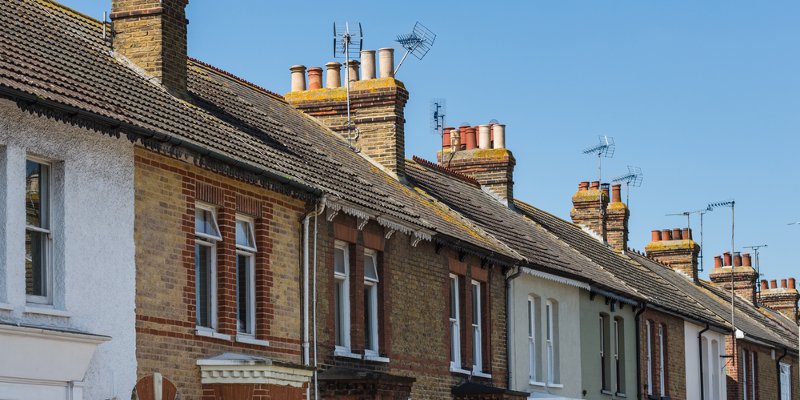House prices in the three months to September were 2.5% higher than in the same three months a year earlier, The Halifax House Price Index has found.

House prices in the three months to September were 2.5% higher than in the same three months a year earlier, The Halifax House Price Index has found.
The annual growth rate slowed from the 3.7% recorded in August. House prices in the latest quarter (July-September) were 1.8% higher than in the preceding three months (April-June), the third consecutive rise on this measure
On a monthly basis, house prices fell by 1.4% in September, the second consecutive fall for this measure.
Russell Galley, managing director, Halifax, said: “We are seeing a steadying in house price inflation across these more stable measures.
“This is set amongst mortgage approvals and completed house sales remaining broadly unchanged, although a gradual pickup in wage growth has helped to support household finances.
“The annual rate of growth is near the top of our forecast range of 0-3% for 2018, as a low supply of new homes and existing properties for sale, combined with historically low mortgage rates and a high employment rate, continue to support house prices.”
Mortgage approvals showed a small rise in August. Bank of England industry-wide figures showed that the number of mortgages approved to finance house purchases, a leading indicator of completed house sales, rose to 66,440 in August from 65,156 in July.
This is very close to the five year average approval rate of 66,550, but is 2,000 above the monthly average for the previous 12 month period of 64,638.
Mortgage approvals have remained relatively low but stable over the past five years. The monthly average from August 2013 to July 2018 was 66,550, and the maximum and minimum monthly variance from this average is 11%.
This recent five year period has a notably lower number of mortgage approvals and less volatility than the average before 2008.
The number of completed UK home sales remains near the monthly average for the past 12 months. On a monthly basis, sales rose between July and August to 99,120.
Kevin Roberts, director, Legal & General Mortgage Club, said: “Limited housing supply is still strangling the ambitions of borrowers up and down the country. Whether it’s first-time buyers, second steppers or people looking to downsize, a lack of suitable housing is still preventing many from making their first or next purchase.
“There is good news – steadier house price growth, schemes like Help to Buy and a wider choice of mortgages are making it easier for some first-time buyers to take a step onto the ladder. However, more support from the government is needed.”
In the three months to August sales increased by 1.2% from the previous three months. The volume of residential transactions has been broadly flat over the past year and is likely to remain so in the coming months.
The number of homes for sale continues its trend of being low, with 2018 seeing the lowest recorded number of homes for sale for any year in the past decade.
Since June 2015, the average stock of houses for sale per surveyor has been less than 50,000, which is below the lowest rate and trend for the previous five years.
Russell Quirk, founder and chief executive of Emoov.co.uk, said: “A 1.4% drop over the month may prompt many UK sellers to run for the hills, but this was always on the cards given the very rapid rate of growth seen over August.
“The market is by no means excelling, but we are certainly in a stronger position than we were last year as a steady stream of buyer activity has seen the market keep plodding on.
“The issue isn’t due to appetite, mortgage approvals are increasing, sales are completing, but with stock levels at their lowest in a decade, we need more on the menu to fuel the UK property market machine.
“While price growth may remain erratic month to month until greater political stability prevails, this lack of stock, coupled with the fact that the construction of new build developments is falling, will see prices continue to creep up in the mid-term.”



